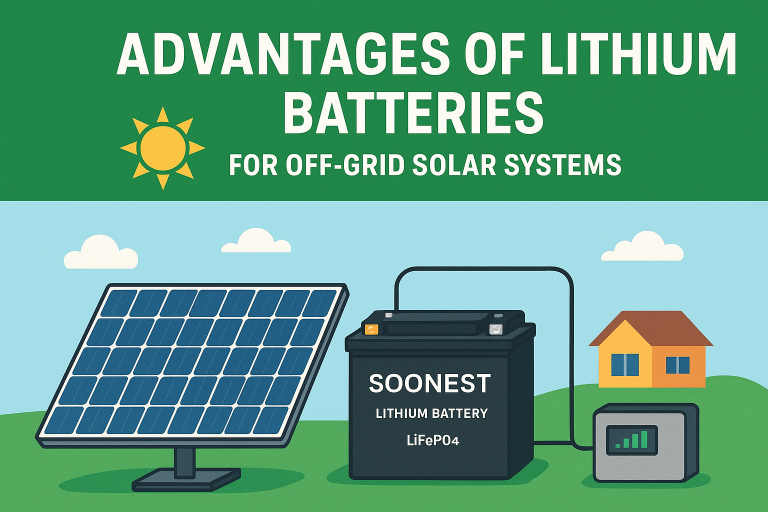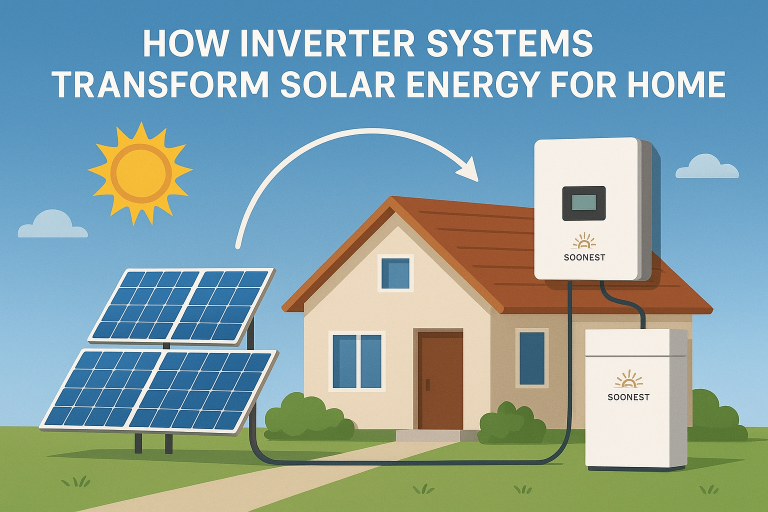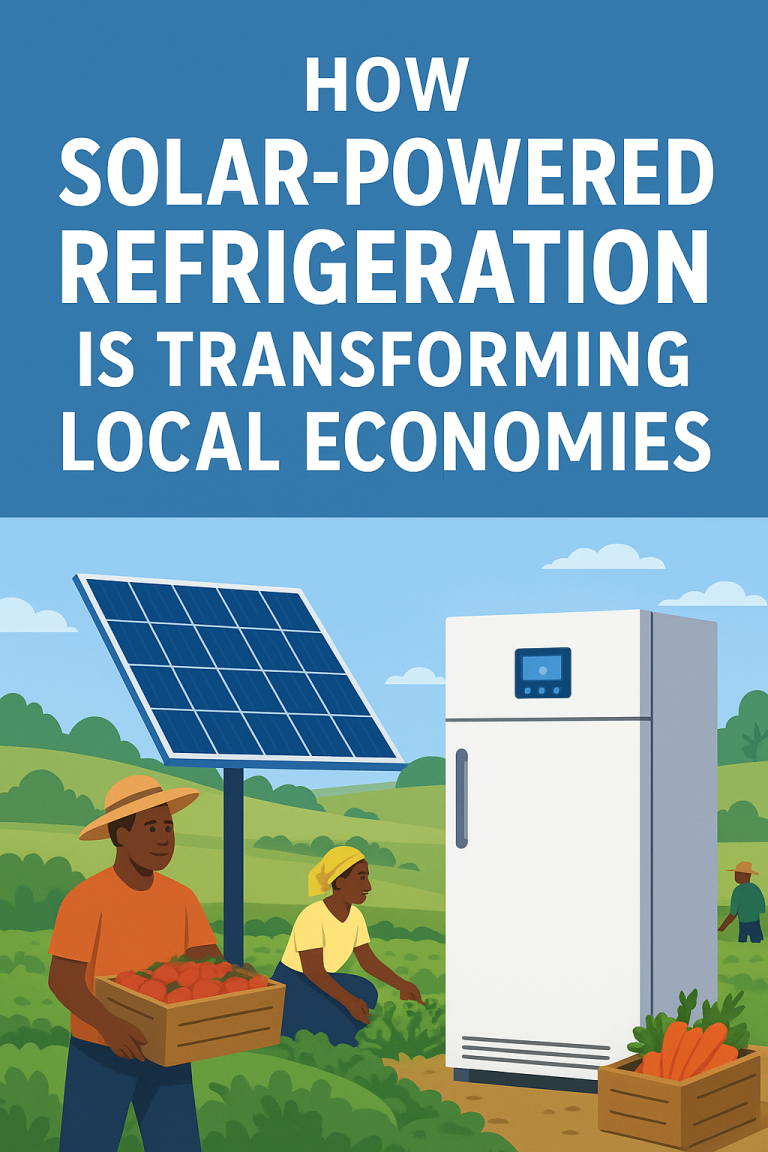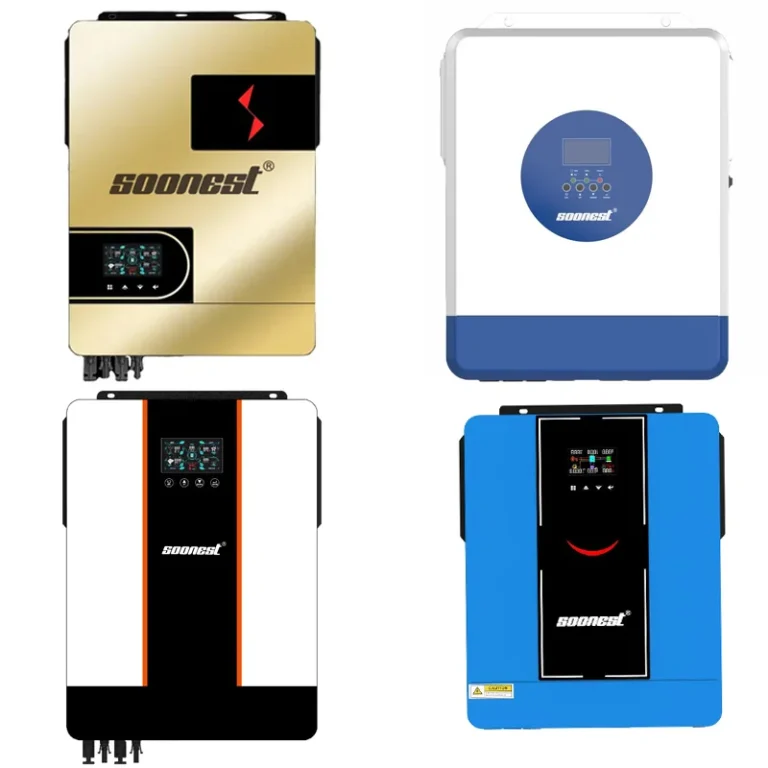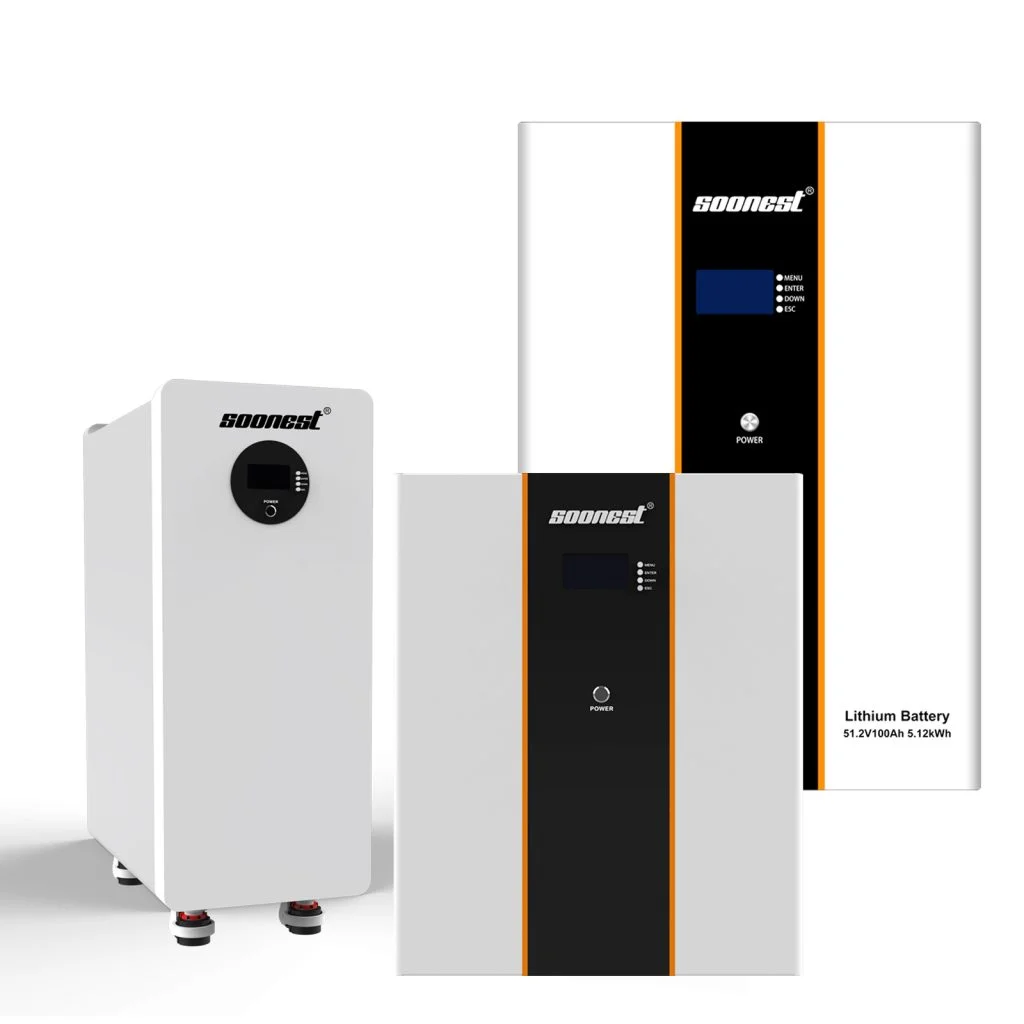
Quando procurando a melhor bateria de lítio para energia solar fora da rede sistemas, pegar fosfato de ferro de lítio, ou LiFePO4. É difícil, tem muito poder e quase não precisa de cuidado. Essas baterias podem durar mais de 6.000 ciclos a 80% profundidade de descarga (DoD). São pequenos, seguros e incríveis para configurações fora da rede. Comparado com baterias antigas de ácido de chumbo, lítio dá melhor eficiência, com 95% de energia bem utilizada. Você tem mais poder para usar, e é fácil adicionar mais depois. Isso lhes faz uma grande escolha para economizar dinheiro a longo prazo, mesmo que custem mais para comprar. As baterias LiFePO4 da mais cedo são de alto nível. Eles vêm com coisas limpas como Bluetooth para verificar estatísticas, maneiras simples de acrescentar mais energia e conexão fácil com inversores fora da rede. Eles são perfeitos para cabanas, torres de telecomunicações ou instalações de energia doméstica.
O que você deveria pensar para armazenamento solar fora da rede?
Sistemas solares fora da rede precisam de armazenamento que você pode confiar. A bateria tem que lidar com a mudança das necessidades de energia. Deve lidar com longas descargas e tempo duro também. Deveria armazenar energia suficiente para manter as coisas funcionando à noite ou quando está nuvem. E precisa permanecer forte durante anos.
Por que o tamanho certo da armazenagem é tão importante?
Seu banco de bateria tem que corresponder ao seu uso diário de energia. Também precisa cobrir dias de reforço. Por exemplo, se você usa 5kWh todos os dias e quer dois dias de reforço, você precisa de pelo menos 10kWh de armazenamento útil. Não se esqueça de pensar na profundidade da descarga. Além disso, verifique a eficiência do inversor e planeja qualquer necessidade de energia adicional mais tarde.
Como a profundidade de descarga e vida cíclica afeta a vida de bateria?
Usar muita energia de uma bateria pode fazê-la desgastar mais rápido. Mas as baterias do LiFePO4 são diferentes. Eles podem lidar 6.000 ciclos a 80% DoDIsso significa que você pode usar 80% da potência da bateria todos os dias sem magoar. Isto é muito útil para sistemas for a da rede que cargam e descarregam muito.
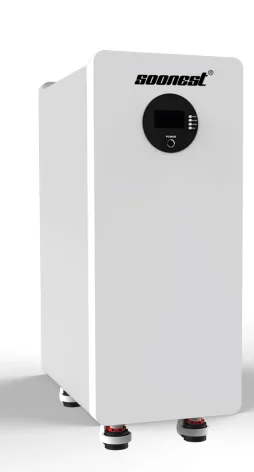
Como o tempo muda o desempenho da bateria?
O tempo pode importar. As baterias do LiFePO4 são ótimas em lugares quentes ou frios. Eles mantêm o poder estable, mesmo quando trabalham duro. Isso faz deles uma escolha sólida para configurações for a da rede em condições difíceis.
Por que um BMS tem importância para segurança e eficiência?
Um Sistema de Gestão da Bateria (BMS) é realmente importante para configurações fora da rede. Ela observa a bateria de perto. Ela impede que ultrapasse os limites seguros. O BMS protege contra sobrecarregamento, drenagem demais, cortos circuitos, ou ficam quentes demais. Isso é muito importante para baterias deixadas sozinhas em pontos remotos.
Por que procurar lítio em vez de outras baterias?
Escolhar o a melhor bateria de lítio para energia solar fora da rede significa escolher o tipo certo. As baterias de ácido de chumbo foram usadas muito antes. Mas agora, a LiFePO4 é a melhor escolha.
Como o LiFePO4 se compara com ácido-chumbo para peso e potência?
As baterias LiFePO4 armazenam mais energia em um espaço menor. São muito mais leves que baterias de ácido de chumbo, que são grandes e pesadas. Este pequeno tamanho é uma grande vitória quando você não tem muito espaço em configurações fora da rede.
As baterias de lítio cargam mais suavemente?
Você aposta. As baterias de lítio têm mais de 95% eficiência de viagem redonda. Isso significa que você perde menos energia ao carregar ou usá-las. Eles também dão poder constante, mesmo quando quase vazio. Isso é ótimo para aparelhos sensíveis como telefones ou computadores.
E sobre cuidado e quanto tempo elas duram?
As baterias de ácido chumbo precisam de muito trabalho, como adicionar água e fazer cargas especiais. Bateria de lítio, como O mais cedo da Potênciasão muito fáceis de cuidar. Eles usam 100% novas células de bateria de classe AElas duram 6.000 ciclosIsso significa anos de uso sem quase problemas.
O que você deveria olhar para o desempenho da bateria?
Ao verificar baterias para uso fora da rede, algumas coisas mostram o quão bem elas funcionarão na vida real.
Quanto poder você pode usar?
Os números do tamanho da bateria podem ser confusos. Uma bateria de 10 kWh de ácido de chumbo pode dar apenas 5 kWh por causa de um limite de 50% DoD. Mas com a LiFePO4 6.000 ciclos a 80% DoDvocê tem mais energia que pode usar cada ciclo. Isso faz delas uma escolha melhor.
Você pode carregar rápido sem quebrar a bateria?
As baterias de lítio podem lidar com carga rápida sem problemas. Isto é diferente da AGM ou bateria de gel, que não pode carregar t ão rápido. É realmente útil quando a energia solar é marcada por nuvens ou dias curtos.
Você pode adicionar mais energia mais tarde?
As baterias de Power mais cedo pode crescer com você. Você pode adicionar mais pacotes em paralelo para obter mais capacidade. Esta configuração é ótima se você quer adicionar coisas como carregadores de carros elétricos ou novos aparelhos mais tarde.
Como as baterias mais cedo se encaixam em sistemas fora da rede?
Para uma escolha confiável fora da rede, verifique A bateria de lítio da Energia mais cedoEles oferecem unidades montadas em parede de 5kWh a mais de 25kWh. Estes são feitos para casas ou lugares distantes. As baterias usam o LiFePO4 de alta eficiência e têm proteção inteligente do BMS.
O que facilita o monitoramento e a segurança?
O Bluetooth permite verificar o estado da bateria no seu telefone ou online. O BMS mantém todas as células equilibradas e segue como a bateria está funcionando. Isso ajuda a detectar problemas cedo. Ele mantém seu sistema funcionando suavemente.
Quais modelos funcionam melhor para Cabins contra Sites de Telecomunicação?
- Para pequenas instalações como RVs ou cabinas: Procurem modelos compactos como série 12V/24V 100Ah.
- Para grandes sistemas como torres de telecomunicações: Escolha unidades de alta capacidade como 48V/51.2V 200Ah embalagens.
- O SOONEST Deep Cycle Solar LiFePO4 Battery 12.8V/25.6V 100Ah 150Ah 200Ahfunciona para ambos. É flexível e dá poder constante.
Quais são os conselhos inteligentes para instalar baterias?
Estabelecer seu sistema bem mantém-o seguro, duradouro e vale o seu dinheiro.
Como você escolhe o tamanho certo da bateria?
Começa com um controle de energia. Escreva todos os seus dispositivos e seus watts. Note quantas horas você as usa todos os dias. Multiplicar para encontrar suas necessidades diárias de kWh. Adicione um pouco mais para escolher o tamanho direito da bateria.
Você deveria conectar baterias em série ou paralelo?
Conexões em série aumentam a tensão para inversores de alta tensão, como sistemas 48V. Conexões paralelas acrescentam mais capacidade sem mudar tensão. Usar paralelo por um tempo mais longo. Certifique-se que os fios estão mesmo para que a energia se espalha bem.
Todos os inversores trabalham com baterias de lítio?
Não sempre. Certifique-se que seu inversor suporta as configurações do lítio ou pode ser personalizado para baterias LiFePO4. Muitos novos inversores híbridos estão bem, mas sempre verifique antes de comprar.
Como você pode manter as baterias funcionando bem ao longo do tempo?
Depois da configuração, pequenos cheques e passos fáceis podem ajudar sua bateria a durar mais.
Quais Ferramentas Ajudam a Verificar a Saúde da Bateria?
Aplicações Bluetooth ou painéis de bordo em linha permitem observar a saúde da bateria de qualquer lugar. Isso ajuda a pegar pequenos problemas antes de se transformarem em grandes.
Há formas simples de ajudar as baterias no final?
Mantenham os terminales de bateria limpos. Certifique-se de que o ar pode se mover pela bateria. Tente mantê-lo longe de pontos super quentes ou frios. - Verifique actualizações de Poder mais cedoEles podem melhorar a carga ou adicionar novas características.
O Criador oferece ajuda de longe?
Sim, Poder mais cedo ofertas atualizações de firmware e diagnósticos remotosSua equipe de apoio pode resolver problemas de uma distância. Isso economiza tempo e esforço.
Será que vale a pena gastar em baterias de lítio máximo?
As baterias de lítio custam mais em frente. Mas eles economizam dinheiro com o tempo porque duram tanto e precisam de pouco cuidado.
Como o custo por kWh se compara com o tempo?
Baterias de ácido de chumbo podem parecer mais baratas no início. Mas eles só duram 500-800 ciclos, então você os substitui frequentemente. O lítio 6.000 ciclos tornam o custo por kWh muito menor ao longo do tempo. Isso os torna um negócio melhor.
Eles economizam dinheiro em áreas remotas com redes ruins?
Absolutamente. Bom armazenamento significa que você não precisa executar geradores tanto. Você também economiza em custos de combustível. Isso é enorme em lugares sem rede ou onde o combustível é caro.
Que garantia vem com essas baterias?
Poder mais cedo dá um Garantia de 5 anosEles também prometem dez anos de desempenho sólido. Isso mostra que acreditam em seu produto. Ele mantém seu investimento seguro.
Onde estas baterias funcionaram bem?
As baterias de Power mais cedo fazem ótimo em muitos pontos fora da rede. Eles alimentam torres de telecomunicações, bombas de fazenda e mais com energia solar:
- Equipamento de telecomunicação: A energia estável mantém as estações de base em funcionamento quando a rede falha.
- Sistemas de água agrícola: Potência forte funciona bem motores e bombas.
- Redes de energia doméstica: Unidades montadas em parede dão energia de segurança tranquila e limpa durante a falha.
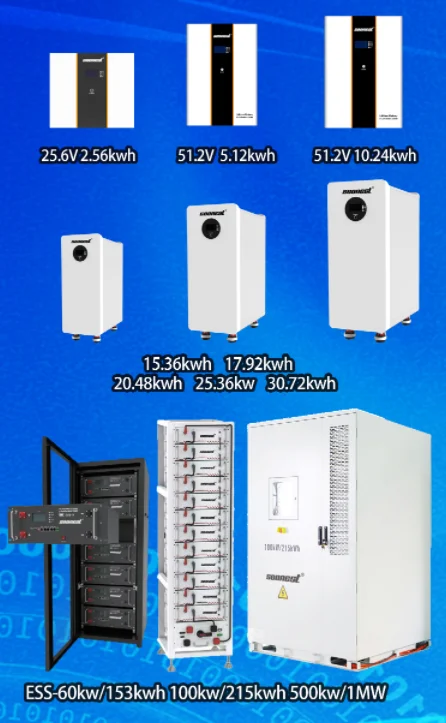
FAQ
Q1: Posso misturar diferentes tamanhos de bateria de lítio em um sistema?
A: Não é inteligente a não ser que o BMS diga que está bem. Os tamanhos misturados podem estragar a carga ou descarga. Isso prejudica a eficiência e o tempo que a bateria dura.
Q2: Quantas vezes devo verificar meu sistema de armazenamento de lítio?
A: Vejam rapidamente a cada alguns meses. Usa monitorização de aplicativos todos os dias para acompanhar como está.
Q3: E se meu inversor não suportar a carga de lítio?
A: Você precisará de um novo inversor ou controlador de carga que trabalhe com as configurações do LiFePO4. A carga má pode danificar a bateria ao longo do tempo.

